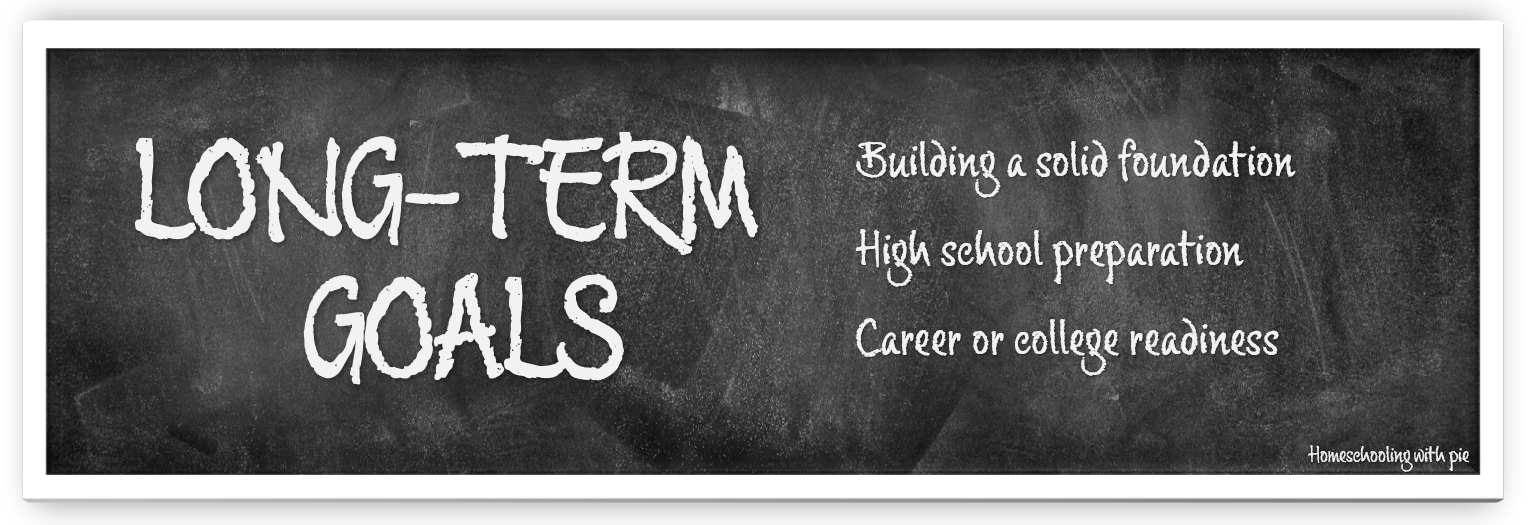LONG-TERM PLANNING: LONG-TERM GOALS

Long-Term Planning: Long-Term Goals
The Path to Success: Achieving Long-Term Educational Goals
Long-term goals in education are the cornerstone of a successful academic journey. These ambitions demand substantial time, effort, and meticulous planning, typically spanning several years or more. They encompass various educational pursuits, including literacy, numeracy, history, science, high school preparation, and college readiness. As we delve into the importance of long-term educational goals and how to achieve them, it becomes evident that they serve as a roadmap for individuals to build a strong foundation for lifelong learning.
The Significance of Long-Term Educational Goals
Long-term educational goals provide a sense of direction, purpose, and motivation for students of all ages. These aspirations extend beyond the immediate classroom and into the broader spectrum of life. Here are a few compelling reasons why they are essential:
- Building a Solid Foundation: Long-term goals encourage students to develop a comprehensive understanding of core subjects, ensuring they have a solid foundation on which to build future knowledge. Literacy, numeracy, history, and science are the pillars of education, and mastering them is crucial for academic success.
- High School Preparation: High school is a critical stage in a student's educational journey. Long-term goals help students prepare for the challenges of high school by setting academic standards, fostering study habits, and nurturing an environment of continuous learning.
- Career or College Readiness: Some students will go directly into the workforce. For students aiming to attend college, long-term goals are instrumental in preparing for the application process. They help students maintain high GPAs, engage in extracurricular activities, and develop the essential skills and knowledge needed for college-level courses.
How to Achieve Long-Term Educational Goals
Now that we understand the importance of long-term educational goals, let's explore the steps to achieving them:
- Set Specific, Measurable Goals: Goals should be clear, specific, and measurable. For example, instead of setting a vague goal like "improve in math," one should set a goal like "achieve an A grade in math by the end of the school year."
- Create a Plan: Break down long-term goals into smaller, manageable steps. Create a plan that outlines the tasks, deadlines, and resources needed to reach those goals. This planning process allows students to track their progress and stay on course.
- Stay Consistent: Consistency is key to achieving long-term goals. Allocate dedicated time for studying, practicing, or participating in relevant activities. Regular practice helps reinforce learning and build expertise.
- Seek Guidance and Support: Don't hesitate to seek guidance from teachers, mentors, or tutors when necessary. They can provide valuable insights, resources, and encouragement to help you stay on the right path.
- Adapt and Adjust: It's important to be flexible in your approach. As you work towards long-term goals, you may face challenges or changes in circumstances. Be ready to adjust your plan as needed while maintaining your focus on the ultimate objectives.
- Celebrate Milestones: Acknowledge and celebrate your achievements along the way. Recognizing your progress can boost motivation and reinforce your commitment to your long-term goals.
Conclusion: Long-Term Educational Goals are Vital
Long-term educational goals are vital for students at every stage of their academic journey. Whether striving for literacy, numeracy, history, science, high school preparation, or college readiness, these goals provide the blueprint for success. By setting clear, measurable objectives, creating a comprehensive plan, and staying consistent in your efforts, you can not only achieve your long-term educational goals but also lay the foundation for a lifetime of learning and personal growth. Embrace the journey, stay persistent, and remember that education is the key to unlocking countless opportunities in the future.
Long-Term Planning: Long-Term Goals